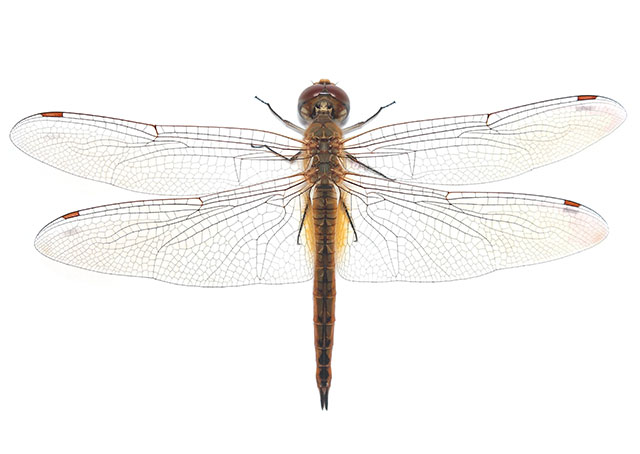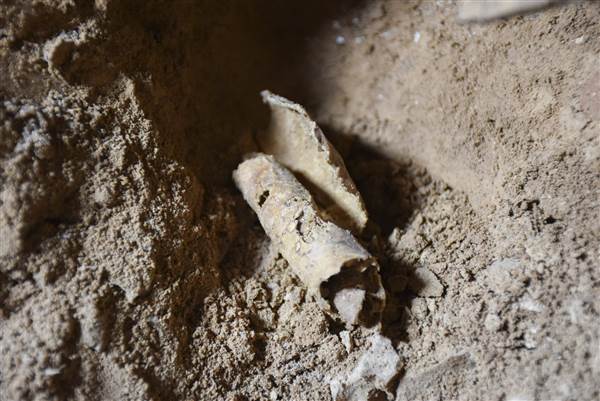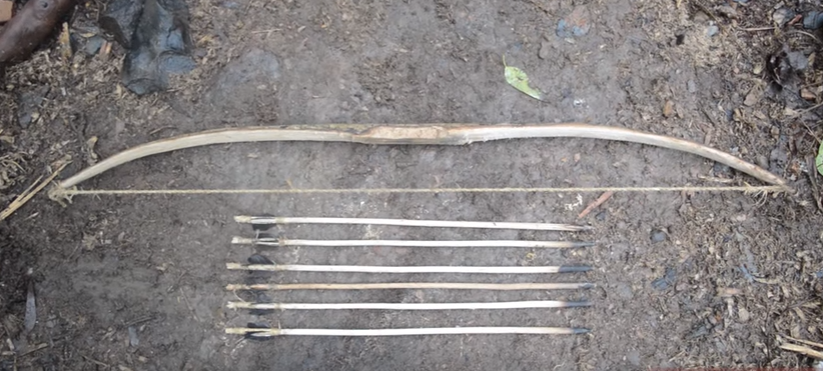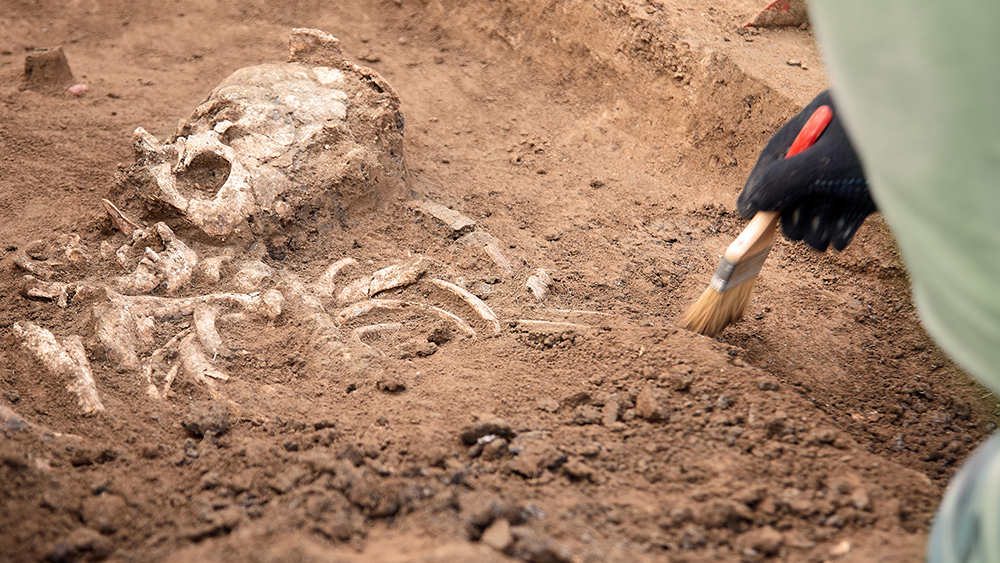Study: 360M-year-old fossil from Ireland proves plants are capable of self-defense
05/09/2023 / By Zoey Sky

Trees produce fruit and provide shade. According to a study, trees are also capable of self-defense.
Researchers have discovered the oldest evidence of plant self-defense in wood from a 360-million-year-old fossil from Ireland.
The study involved an international team of researchers and was co-led by Dr. Carla J. Harper, assistant professor in Botany in the School of Natural Sciences at Trinity College Dublin.
The study was published in the journal Nature Plants.
Tyloses and plant defense
Plants form “tyloses” to protect their wood from infection and water loss. These special structures help prevent bacterial and fungal pathogens from entering the heartwood of living trees and damaging it.
But it was not previously known how early in the evolution of plants woody species gained the ability to form such unique defenses.
The researchers unearthed the oldest evidence of tylosis formation from Late Devonian (360-million-year-old) fossil wood from the Hook Head Peninsula area, County Wexford, Ireland. These plants existed long before dinosaurs and flying insects. They formed the first primeval forests back when plants thrived on all continents.
At the same time, these ancient plants were accompanied by microorganisms, fungi and the early relatives of other creatures like centipedes, millipedes and spiders.
Harper and her fellow researchers discovered tyloses in the fossilized wood of archaeopteridalean progymnosperms, an extinct group of plants.
These plants are particularly important because they were the first trees to resemble modern trees, with large woody trunks, branches and complex root systems. (Related: Study shows how plants time their flowering in the spring.)
Fossil wood and anatomically preserved fossils
The researchers found that these primitive trees were also able to form tyloses to protect their wood.
This is exciting news because Ireland is one of the few places in the world where these details can be observed in plants from this period. The fossils from Co. Wexford can give researchers unique insights into this crucial period in plant evolution.
Harper explained that fossil wood is “anatomically preserved plant remains” that have been infiltrated by mineral-rich water which helped preserve the plant tissues in three dimensions. These fossils allow researchers to learn more about extinct plant anatomy, even at the cellular level.
Generally, this type of preservation is rare but can be seen in specific fossil deposits found in Ireland.
Harper added that continuing fieldwork in Irish Devonian localities can help researchers discover new fossils that will expand their knowledge of the diversity and biology of extinct plants.
Ireland has long been known as the Emerald Isle because of its famous rolling green hills, but the fossil discovery can help researchers discover how and when this “greening” began.
“By studying these fossil plants and their past environments, we can get powerful insights into the history of plant physiological processes that still occur today, and into both current and future ecosystems of Ireland and the world,” concluded Harper.
Visit Ecology.news for more articles about fascinating plant discoveries.
Watch the video below to know why biodiversity loss is an important matter.
This video is from the 195 Nations Rising channel on Brighteon.com.
More related stories:
New research suggests mushrooms can communicate with each other using up to 50 “words.”
Researchers “shed light” on plants’ circadian clocks: Findings could be used to improve future crops.
Sources include:
Submit a correction >>
Tagged Under:
ancients, artifacts, breakthrough, cool science, discoveries, ecology, environment, fossil wood, fossils, plants, real investigations, research, self-defense, trees, tylosis, weird science
This article may contain statements that reflect the opinion of the author
RECENT NEWS & ARTICLES
COPYRIGHT © 2017 ARTIFACTS NEWS



















